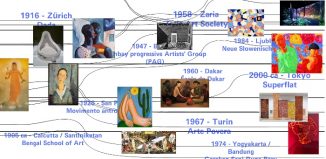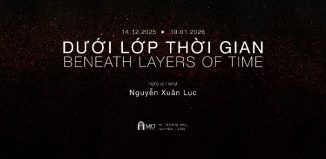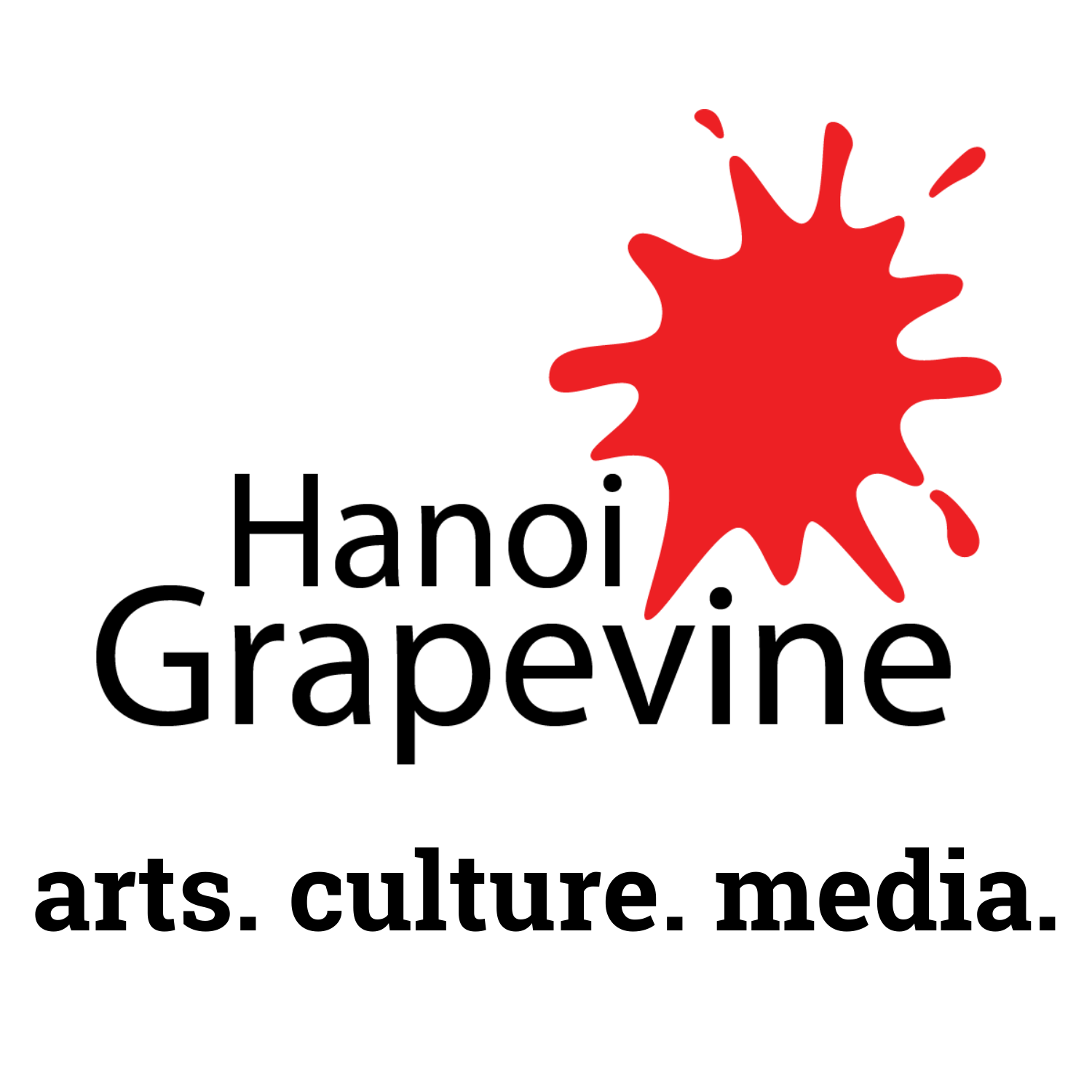Blackout – Painting Exhibition in Berlin

Blackout
Nguyen Xuan Huy – Painting
Guga – Sound Installation
till 26 Feb 2012
Galerie im Körnerpark
Schierker Str. 8, 12051 Berlin
The painter, who currently lives and works in Berlin, evokes the horrors of war through those who have been previously concealed from view. Thirty five years after the end of the Vietnam conflict , the delineations of Nguyen Xuan Huy transport them, from the gloomy depths of the jungle, into the light . Nguyen Xuan Huy’s paintings depict just a fraction of the more than four million people who, even now, due to alterations in their genotype as a result of dioxin exposure, are being born into the world with crippling birth defects; without arms, without legs and often mentally impaired.
“It’s insensitive to imagine that because I was born healthy that I am untouched by this issue” says Nguyen Xuan Huy. Because so many people are potential carriers of the altered genotype, this is a problem which could affect each and every citizen of Vietnam.

Nguyen Xuan Huy is moved to paint the resultant deformity because, in his words, “it belongs to my Vietnamese identity.” Nguyen Xuan Huy lived and studied in Vietnam until 1993, before which time he completed his A Level exams and began to study architecture in Hanoi, sporadically taking up his brush when he felt compelled to paint. He painted in the style instilled in him by his father –– that of realism, at which he clearly excelled.
His mother, then a foreign worker in the GDR, invited her son to join her in Germany in order that he benefit from a superior education. “I had to wait six months in Vietnam to get a visa” he recalls. During these six months he painted “and painted and painted” until he arrived at the profound realisation that he would not study architecture in Germany, but art. In 2005, now a student of Burg Giebichenstein Art and Design Academy in Halle, he decided to travel throughout Vietnam in search of malformed children, the victims of “Agent Orange”, intent on capturing these encounters on camera. His knowledge of the war at that time was limited merely to propaganda slogans and the stories recounted by his father, who himself fought in contaminated areas. At some point during his studies, Nguyen Xuan Huy had encountered photographs featuring crippled
and deformed subjects; this inspired him to record the modernday aftermath of a long forgotten war, on film, first hand. This was something he felt compelled to experience personally.On his return to Germany he began to paint what he had seen, initially against a jungle background; a woman with two torsos squats amidst tree branches, a small boy without legs performs a headstand amidst a towering thicket of bamboo. Later, he also integrated the victims into his “Blackout” series, in which he not only depicts images of crippled children, but the cloud of poisonous gas billowing out across a valley; the view from the cockpit of an aeroplane and the resulting strike; a woman peering out from one of the small protective bunkers that still litter the landscape. Solitary black canvasses hang between each of the paintings,
symbolic of the blackouts that war leaves behind. Crippled bodies remain the focus of Nguyen Xuan Huy’s work, even after his “BLACKOUT ” series. Now however, they are stylised; running, striding and hovering in front of a white background. Nguyen Xuan Huy explains: “ I have attempted to create a fictitious, ‘ ideal world’ in which all the people depicted are malformed, yet still carefree, and who follow, convinced by, an exceptional ideology.”
excerpt from ORDEAL IN OIL by Stefan Reisner. Read the full article on Nguyen Xuan Huy’s website.













